As winter gets colder, the excitement of playing outside in the snow with a dog becomes even greater. But, not all dog breeds are ready for the extreme cold – like during a polar vortex or what we’re seeing now in the United States & Canada.
While dogs might look cozy in their fur, some breeds aren’t made for the freezing cold and snow. So in places with lots of snow and ice, it’s important to pick a dog that is able to handle that kind of weather. The best dogs for winter must have 2 most important features:
- Alaskan Malamute excels in thick fur for freezing temperatures.
- Tibetan Mastiff's huge coat adapts to different seasons.
- American Eskimo Dog has dry white coat ideal for the cold.
- Bernese Mountain Dog's silky fur perfect for snowy weather.
- Samoyeds are strong, fluffy, and thrive in cold climates.
- Thick fur to keep warm
- And strong furry paws for walking on ice.
These dogs often come from places with cold climates or are good at winter activities. They’re perfect for low temperatures, so both you & your dog can have fun in the winter.
Ready to discover your ideal snowy sidekick? Keep reading to find out the best dog breeds for winter fun.
The information provided herein is for informational purposes only. Please refer to our disclaimer for more details..
What Qualifies a Dog as a Cold-Weather Canine?
Cold-weather canines are not just any dog with a fur coat. Many of these breeds have evolved in cold regions – developing a high tolerance to cold temperatures over generations. The things that make them great for winter fun like hiking, sledding, or even rescue work include:
- These dogs usually have a thick, double coat that keeps them warm in really cold weather.
Their physical features are also finely tuned for winter conditions, including:
- Dense ears that don’t easily get frostbite.
- And big paws that help them walk on snow and ice without trouble.
They’re also strong, loyal, and protective. These qualities, along with their thick fur, make them perfect for winter adventures, offering both companionship & functionality in snowy landscapes.
10 Best Cold Weather Dog Breeds for Pet Parents
Get ready for winter fun with these top 10 best dogs that love the snow. They hail from snowy mountains to icy shores and are perfect for chilly adventures. These dogs are tough, loving & ready for winter play. Let’s meet these best snow dog breeds.
1. Alaskan Malamute
When considering the best canine companions for winter adventures, the Alaskan Malamute stands out as a top choice. This breed is native to Alaska and is the oldest and biggest Arctic sled dog from there. And, they’re great at pulling heavy things over snow. What makes Malamutes really good for the cold is their thick fur. They have a thick double coat:
- The outside is rough and keeps them warm
- And, the inside layer is woolly and oily, perfect for very cold weather – even down to -20 degrees Fahrenheit (-29 degrees Celsius).
Their big feet help them walk on ice and snow without sinking, making them great for winter hiking or sledding.
These dogs have a history of being strong and enduring in cold places. They were important during the Klondike Gold Rush and were part of Admiral Richard Byrd’s expedition to the South Pole in 1928. And, they also helped find people in Greenland during World War II.
Besides being physically strong, Malamutes are friendly. They like being around people & other dogs, which makes them not just good for cold weather but also great friends.
2. Tibetan Mastiff
The Tibetan Mastiff, a breed of dog that evolved in the harsh climates of the Himalayas, is renowned for its impressive adaptability to both cold and warm temperatures. Key to their resilience is their double huge coat that changes with the seasons:
- Thicker in winter temperatures for warmth
- And thinner when it’s warmer
Usually, these dogs are black or brown, but the Red Tibetan Mastiff is super rare and gained fame as the world’s most expensive dog breed – with one pup sold for $1.5 million.
They are known for being calm, affectionate, and good at protecting. They look intimidating, which makes them great guard dogs. And even though they’re big and look serious, they’re smart & like peaceful outdoor places. With their special fur and personality, this is a reliable strong, and noble friend for cold places.
3. American Eskimo Dog
The American Eskimo Dog first called the White German Spitz, loves cold weather. Its name is a bit misleading because it got it after World War II, and it’s not really linked to Eskimo culture. This breed is known for its beautiful white coat that stays dry & keeps them warm in the cold. And this breed features a distinctive lion-like mane. It results from a combination of a soft undercoat and a dense topcoat – particularly around the neck area.
The American Eskimo Dog’s small, thick ears are well-suited for insulation against the cold. Some people mix them up with a smaller version of the Samoyed. But they’ve been around for a very long time, maybe even as far back as 5,000 years & might have mixed with wolves. These playful, small dogs are great for outdoor winter fun, making them perfect for snowy adventures.
4. Bernese Mountain Dog
The Bernese Mountain Dog, a robust breed from the Swiss Alps, is renowned for its capability in cold climates. They were originally bred to pull carts. They have a double thick coat with long silky fur that’s perfect for snowy places. And their big feet & strong bodies let them walk easily in deep snow.
Bernese Mountain Dogs are known for their strength, speed & agility – yet they maintain a gentle temperament and surprisingly low exercise needs. Their long, weather-proof coat and love for being outside make them wonderful hiking buddies. They’re tough but sweet, making them great for winter fun with both strength and kindness.
5. Samoyed
The Samoyed is from Siberia and is loved not just for its charming “Samoyed Smile” but also for its versatility & resilience in cold weather. These dogs were originally used for:
- Herding reindeer
- Hunting
- Pulling sleds.
- And other dog sports
Samoyeds have a compact, agile build that makes them strong and fun-loving. And, their thick double coat, specially adapted to retain body heat, keeps them warm even in very cold weather. So if you’re looking for a fun, friendly snow dog – the Samoyed is a great choice. They’re loving family pets but come from hard working dog ancestors. And they need lots of physical and mental activity. These energetic dogs are perfect for active, snowy adventures, mixing happiness and toughness in a fluffy, beautiful package.
6. Akita
The Akita is a noble dog from Japan, once a symbol of royalty, often owned by emperors. And it’s known for being loyal and protective. The Akita is ready for cold weather with its thick undercoat & rough top coat. Originating from Japan’s northern mountain regions as hunting dogs, it thrives in cold weather – thanks to its:
- Thick double coat
- Fluffy tail
- And large pads adept at traversing snow & ice.
Akitas can be independent and a bit stubborn. But they form a strong bond with their family, making them great dogs for cold weather.
7. Saint Bernard
The Saint Bernard is a big, friendly dog, weighing between 120 to 200 pounds. This breed is known for being tough in cold weather & for saving people. They come from the Swiss Alps, especially around the St. Bernard Pass. And they were bred to search and rescue people in snowy mountains. Saint Bernards are famous for their mountain rescues. They have a thick double coat and an extra layer of fat to keep warm – perfect for cold places.
They’re not the most active or playful dogs, but they’re really loving and work hard. And, these muscular dogs are capable of trekking miles through deep snow to search for and assist lost travelers, embodying both strength and kindness in the face of harsh winter climates.
8. Norwegian Elkhound
The Norwegian Elkhound is an ancient breed from Scandinavia, perfect for cold places. Originally, they were used for hunting elk in the tough Nordic environment – this dog possesses enduring traits that make it an ideal winter companion. This breed sports a thick double coat. And, the coat has a smooth outer layer & a woolly undercoat, keeping it warm in freezing weather.
What’s special about this breed is its energy and speed, coupled with its natural instinct to protect its owners. And these qualities make the Norwegian Elkhound a great partner for hiking in the snow. They love to move around and are good at navigating snowy terrains with ease. They also have extra fat on their foot pads, which helps stop frostbite in really cold weather. Overall the Norwegian Elkhound’s love for being active & its strong body make it a fun and dependable friend for winter activities.
9. Newfoundland
This breed, affectionately known as ‘Newfie’, is the quintessential family dog – combining friendliness & protectiveness with a calm, patient demeanor. They’re from the cold coasts of Newfoundland, Canada. This breed has a heavy coat that protected it from the icy waters it was originally bred to work in, making it ideal for colder weather, They work in freezing waters, pulling carts and saving people from drowning in Canadian winters.
They can weigh up to 150 pounds. Despite their size and strength, Newfies are gentle. They don’t bark much but do drool. And they’re great for places with lots of mountains and snow. Newfoundland has a heavy coat that keeps them warm making them wonderful for winter fun, whether it’s helping to build a snowman or simply enjoying a snowy hike.
10. Keeshond
The Keeshond, a spitz Arctic dog, is renowned for its suitability in cold climates – thanks to its dense double coat and downy undercoat. This dog, known for its unique eye markings, used to be a watchdog on Dutch boats. Its heavy fur kept it warm there. Keeshonds aren’t just friendly & smart, but they also like being active. And at the same time, they’re happy to be calm, loving pets at home.
They’re playful and not too big, which makes them good for different kinds of winter fun. Keeshonds need regular exercise to manage their energy, doing well in places where they can move around and be active, even when it’s cold.
Cold Weather Dog Care
Caring for your cold-weather dog breed goes beyond enjoying snowy adventures together. Here’s how to ensure their well-being during the chill:
- Temperature Sensitivity: Keep in mind, that different breeds handle cold differently. Factors like age & health matter a lot in how well a dog can deal with the cold. Older dogs and those with health problems need extra care when it’s cold.
- Signs of Discomfort: Look for signs that your dog is too cold, like:
- Shaking
- Not wanting to walk
- Picking up their feet
- Limping
- Or looking anxious.
These signs mean you should get them warm and inside right away.
- Frostbite and Paw Care: Always check for frostbite and clean their feet to get rid of ice or salt trapped in them. This prevents discomfort and potential injuries while they’re outside.
- Coat Maintenance: Don’t shave their thick coat. It serves as natural insulation – vital for both cold and warmer months. Instead, brush and groom them regularly to keep their coat in good shape and maintain air circulation.
- Overheating Prevention: In warmer weather, these dogs can get too hot because of their fur. Make sure they have cool, shady places to stay, and think about indoor temperature-controlled activities. Places like dog-friendly pools or beaches are good for exercise without getting overheated.
- Dietary Needs: Change their food based on how active they are. In colder weather, they might need more food to keep up their energy for outdoor fun.
Taking good care of your winter canine companion ensures they stay healthy and happy, no matter the season.
Conclusion
Choosing the perfect cold-weather dog breed for your winter adventures is an exciting journey. Each of these top 10 winter dog breeds brings its own unique blend of strength, loyalty & love for the chilly outdoors. From the strong Alaskan Malamute to the fluffy Keeshond – each one is ready for the cold. Remember, your relationship with your winter-loving canine isn’t just about the fun times outside. It’s also about the care and love you give them, making every snowy walk one to remember. You need to know how well they can handle the cold. And make sure their fur and health are looked after.
As a pet owner, your job is really important. So, dress warmly & get set for unforgettable snowy times with your faithful and lively winter dog friend.
144views
Share on Facebook
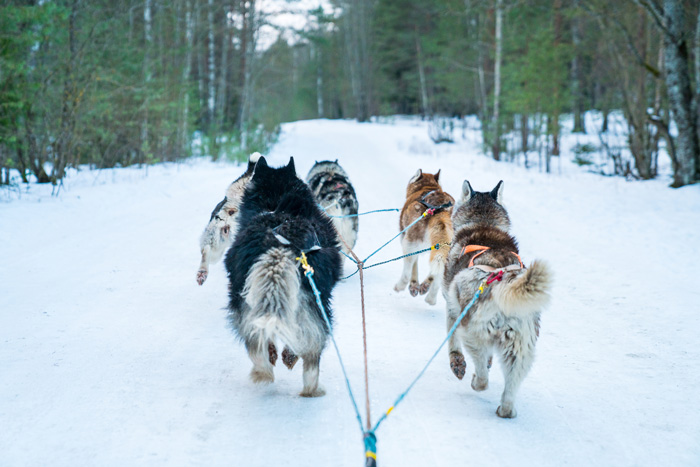 Image credits:
Image credits: 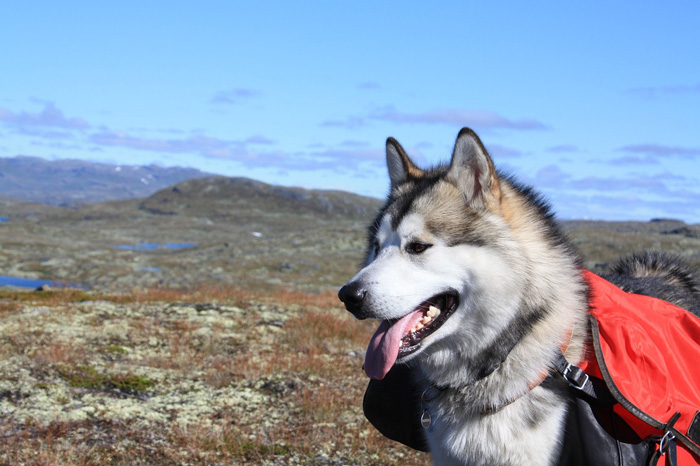 Image credits:
Image credits: 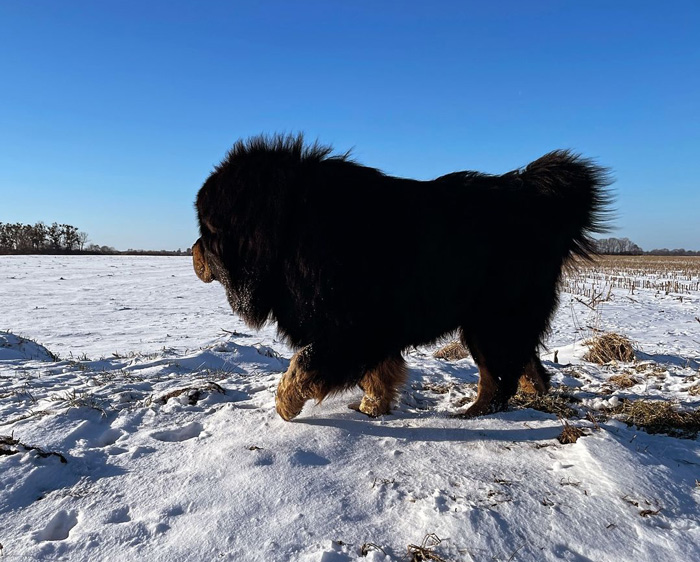 Image credits:
Image credits: 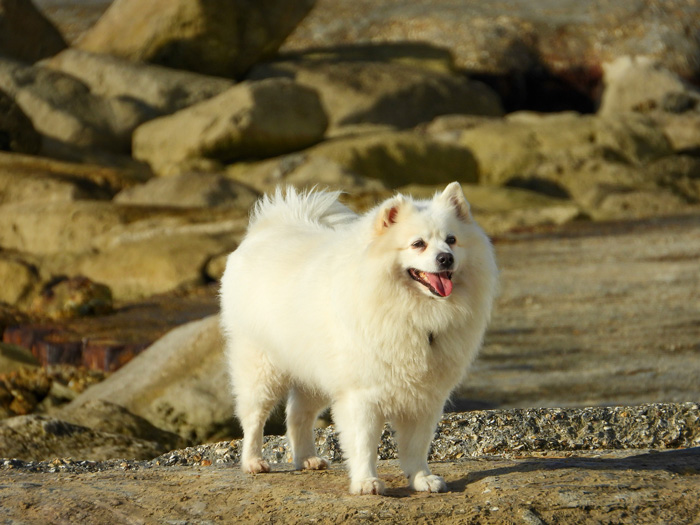 Image credits:
Image credits: 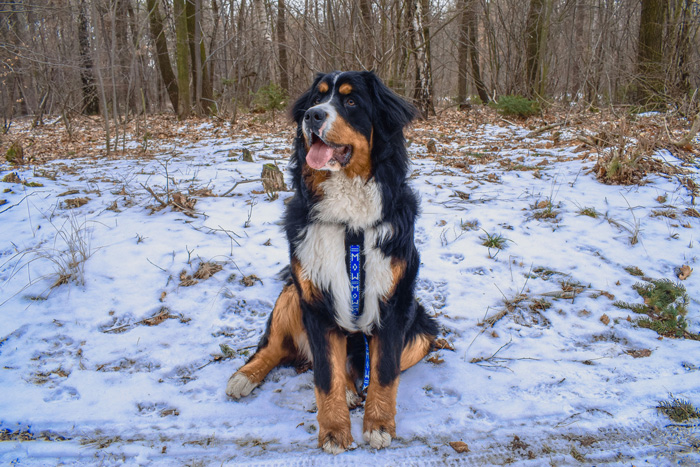 Image credits:
Image credits: 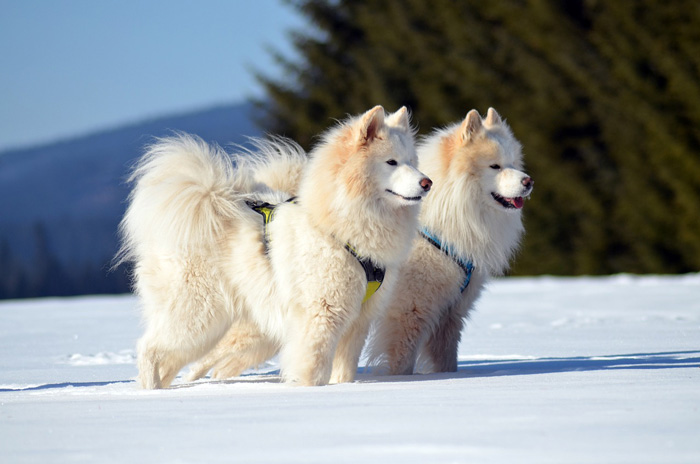 Image credits:
Image credits: 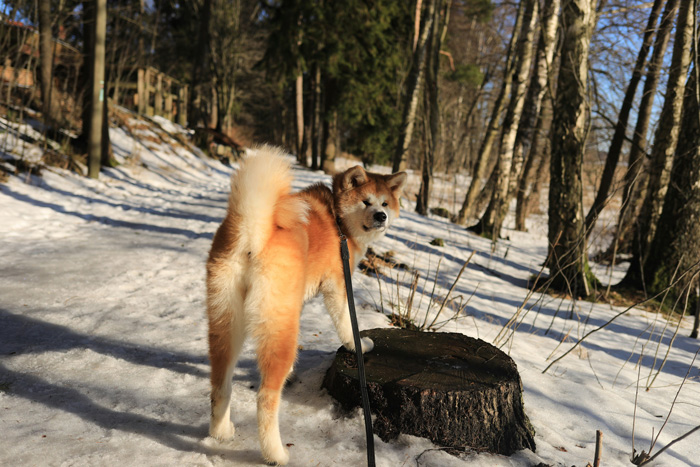 Image credits:
Image credits: 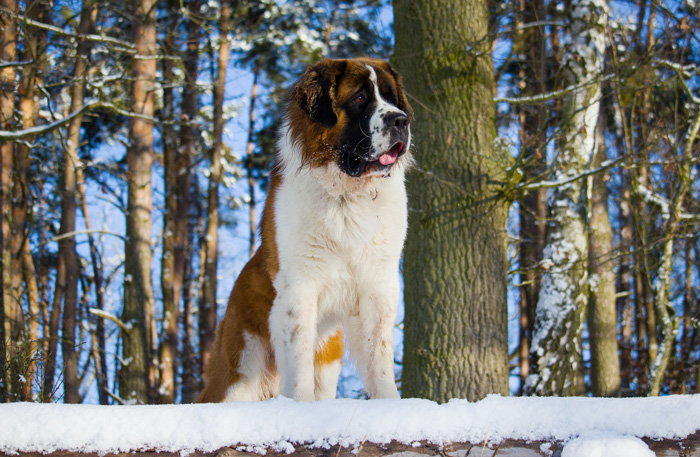 Image credits:
Image credits: 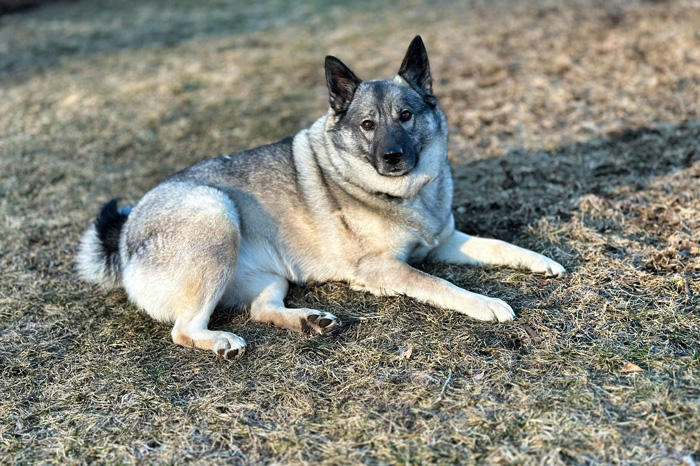 Image credits:
Image credits: 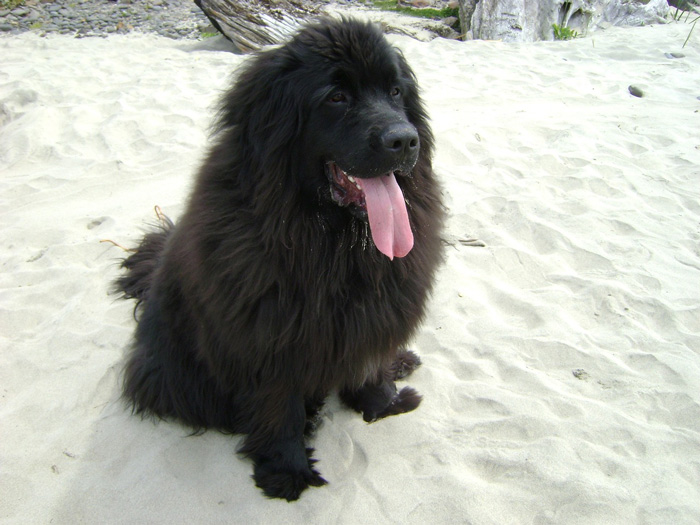 Image credits:
Image credits: 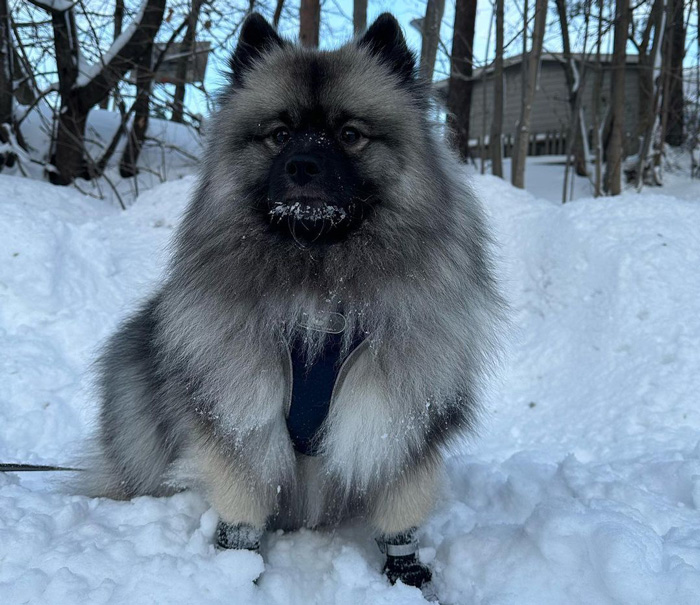 Image credits:
Image credits: 


-4
0